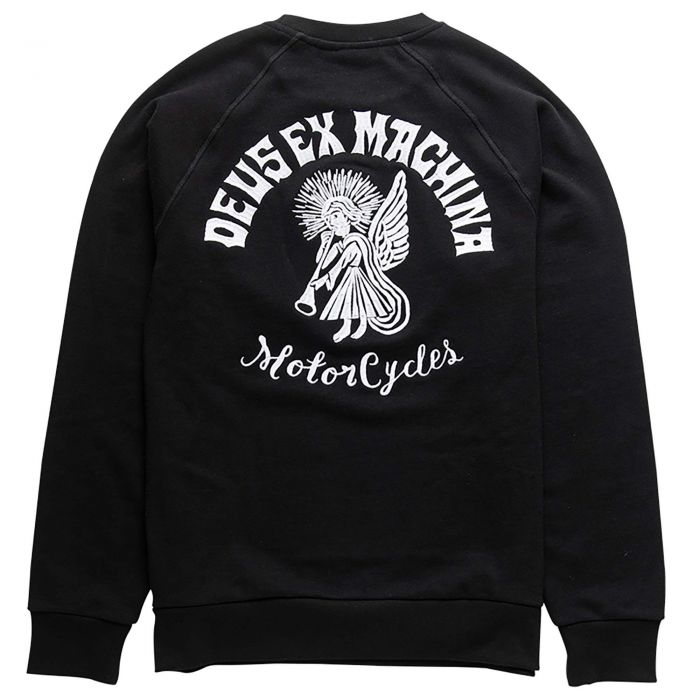Firstly, it’s essential to understand the materials commonly used in Victorian clothing. Fabrics such as wool, cotton, linen, and silk were prevalent during this era. These natural fibers not only provided comfort and breathability but were also biodegradable and renewable resources. Unlike today’s fast fashion industry, where synthetic fabrics dominate due to their cheap production costs, Victorians valued the quality and longevity of their garments, opting for materials that stood the test of time.
Moreover, the craftsmanship involved in Victorian clothing emphasized longevity. Garments were meticulously tailored to fit the wearer’s body, with close attention paid to seams, reinforcements, and finishes. This focus on quality ensured that clothing could withstand frequent wear and washing without falling apart. Unlike the disposable nature of modern fashion, where garments are often discarded after a few uses, Victorian attire was designed to endure years of use, reducing the need for constant replacement and minimizing waste.
In addition to the durability of materials and construction, Victorians practiced a culture of mending and repurposing that further enhanced the sustainability of their fashion. When garments became worn or damaged, it was common for individuals to repair them rather than immediately discarding them. Skilled seamstresses would skillfully darn socks, patch tears, and reinforce seams, extending the lifespan of clothing items. This attitude towards maintenance not only saved money but also reduced the environmental impact of fashion by minimizing the need for new purchases.
Furthermore, Victorian fashion was characterized by its versatility and adaptability. Many garments were designed to serve multiple purposes or could be easily altered to suit changing trends or occasions. For example, a woman’s dress might have detachable sleeves or a skirt that could be shortened for everyday wear and then lengthened for formal events. This flexibility ensured that clothing remained relevant and wearable for longer periods, reducing the turnover rate of wardrobe items and promoting a more sustainable approach to consumption.
Another aspect of Victorian fashion that contributed to its sustainability was the prevalence of hand-me-downs and heirloom pieces. Clothing was often passed down within families or shared among friends and neighbors, allowing garments to be reused and appreciated by multiple generations. This practice not only fostered a sense of community but also minimized the demand for new clothing production, thereby reducing the strain on natural resources and lowering carbon emissions associated with manufacturing.
Moreover, the concept of fashion as an investment was deeply ingrained in Victorian society. While clothing was undoubtedly a status symbol for the affluent, it was also seen as a valuable asset that retained its worth over time. High-quality garments were considered heirlooms that could be passed down through generations or sold second-hand for a respectable price. This perception of clothing as a long-term investment encouraged consumers to make thoughtful purchasing decisions and prioritize quality over quantity, leading to a more sustainable approach to fashion consumption.
In contrast to the throwaway culture of modern fashion, where trends change rapidly, and clothing is often discarded after only a few wears, the Victorians valued permanence and tradition in their attire. Their emphasis on quality craftsmanship, natural materials, mending practices, and longevity reflected a deep-seated commitment to sustainability that stands in stark contrast to the wastefulness of contemporary fashion.
In conclusion, the Victorians had a much more sustainable approach to fashion than is commonly perceived. Their use of natural materials, attention to craftsmanship, culture of mending and repurposing, versatility in design, promotion of hand-me-downs, and perception of clothing as an investment all contributed to a fashion ethos that prioritized durability, practicality, and resourcefulness. By drawing inspiration from Victorian principles, we can learn valuable lessons about sustainability and apply them to address the environmental challenges facing the fashion industry today.



